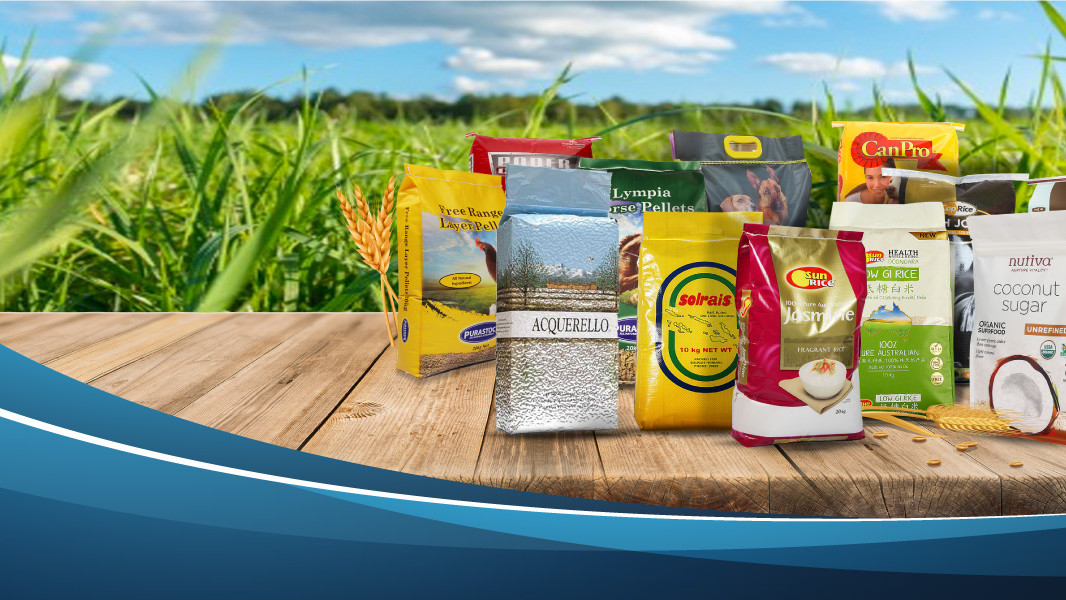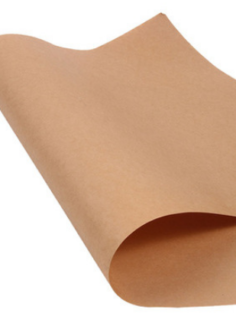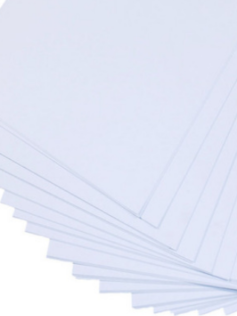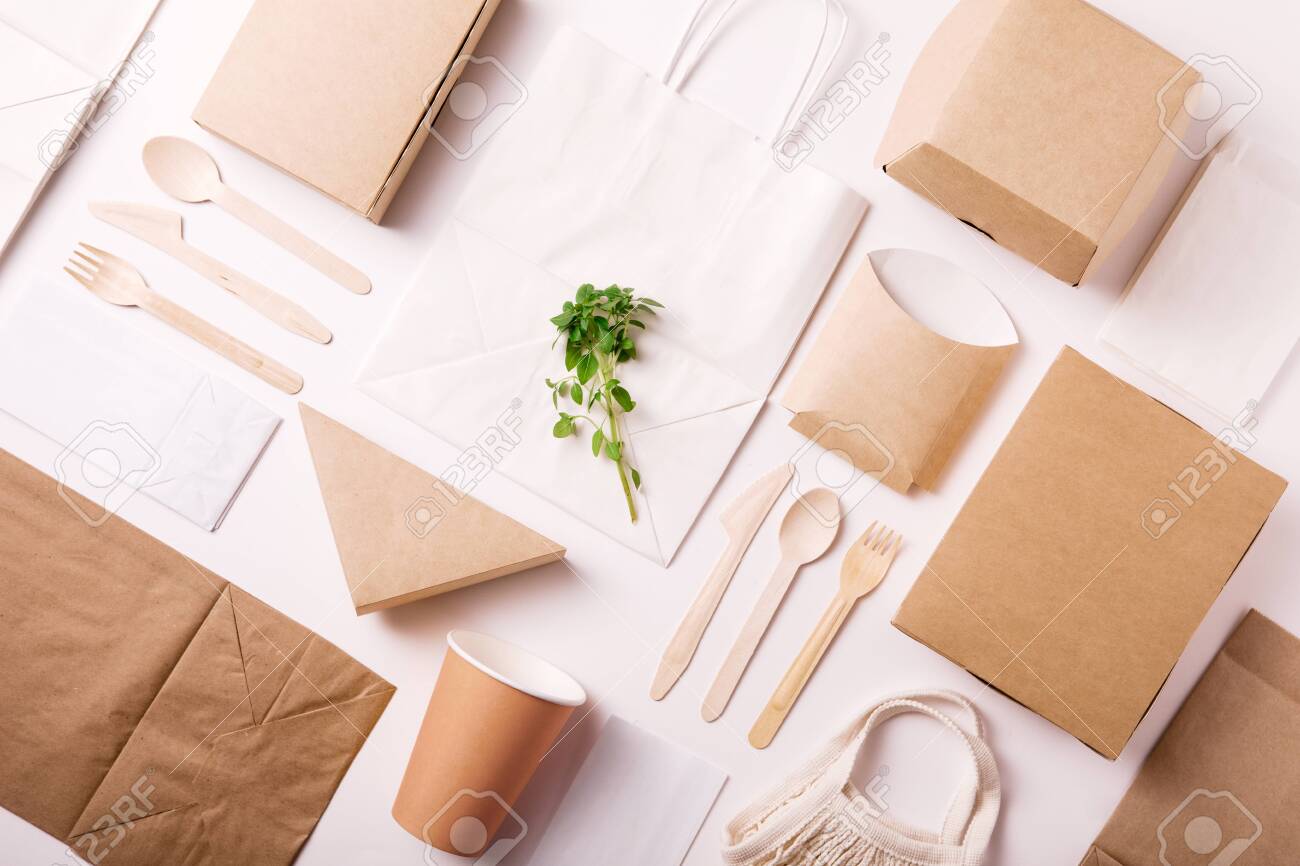All you need to know about paper packaging!
When it comes to paper packaging there is a lot to take in, like did you know that there are in fact 4 different types of paper packaging? Not all packaging is suitable for food and Australia and New Zealand have new guidelines and laws which will affect your business! By reading this article you will have a better understanding of what you need to do for your business paper packaging needs.
Kraft
White cardboard
Coated paper
Offset paper
The first on our list is Kraft packaging, Kraft packaging is a type of paper packaging specially designed in the 1880s by Carl, F. Dahl in Germany. He found by treating the paper pulp packaging with certain chemicals he was able to create a stronger, more resilient type of package.
Why the word Kraft?
So why the word Kraft in Kraft packaging? Well in German it means “strength”.
What is kraft packaging made of?
Like normal paper, the packaging is made of wood pulp, with an extra ingredient, sulfate, which increases the strength of the paper. In general, there are two major types of Kraft packaging. Type one: Coated unbleached Kraft (CUK), and type two coated recycled Board (CRB).
The first on our list is Kraft packaging, Kraft packaging is a type of paper packaging specially designed in the 1880s by Carl, F. Dahl in Germany. He found by treating the paper pulp packaging with certain chemicals he was able to create a stronger, more resilient type of package.
Why the word Kraft?
So why the word Kraft in Kraft packaging? Well in German it means “strength”.
What is kraft packaging made of?
Like normal paper, the packaging is made of wood pulp, with an extra ingredient, sulfate, which increases the strength of the paper. In general, there are two major types of Kraft packaging. Type one: Coated unbleached Kraft (CUK), and type two coated recycled Board (CRB).
CUK paper packaging
CUK is the most standard and basic version of the Kraft paper packaging with it following the basic patent principles of Kraft paper. This version has benefits of being thin, tear resistant, and a high degree of stiffness.
CRB packaging
This Kraft packaging is made from recycled paper, which tends to make it a cheaper alternative to CUK paper packaging. However, it does have its downsides due to having less strength/tear resistance vs CUK however where strength/tear resistance problems are non-existent/low cause of concern CRB is a great way to save costs for your business!
Is Kraft packaging eco-friendly?
Kraft packaging is 100% eco-friendly. Left to nature it will naturally degrade within a few weeks leaving no trace behind. Or better yet it can be sent to be recycled to be used again. To sum up Kraft packaging is a strong, eco-friendly package.
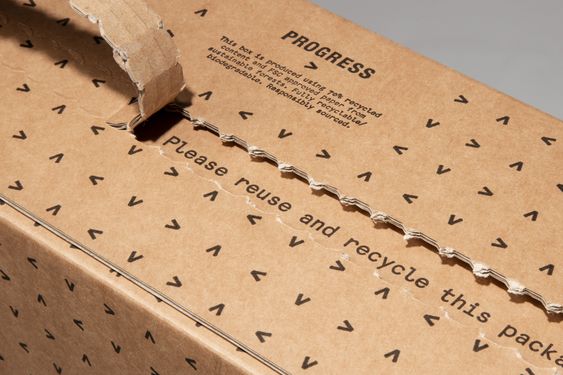
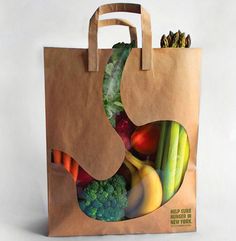
Main uses for Kraft packaging
You all see Kraft packaging designs on a daily basis. They are perfect for groceries, fast food restaurants, clothes bags, gift wrapping, hey you can even make your business cards out of them to give that extra strong message about your business commitment to the environment! Kraft paper can be used for a multitude of different areas.
What is white cardboard?
White cardboard or paperboard is another popular choice of paper packaging. The major difference between cardboard and paper is obviously the thickness. Cardboard in general terms is thicker than 0.3mm and a grammage of 250g/m2. It was invented in England in the 1860s as a way of storing products. Like Kraft paper it is easy to ship. Cardboard also has the advantage of being able to be flat-packed and set up on site.
What is it used for?
White cardboard is used on a daily basis from everything to TV boxes, to storage to milk cartons. The use of cardboard is only limited to your imagination.

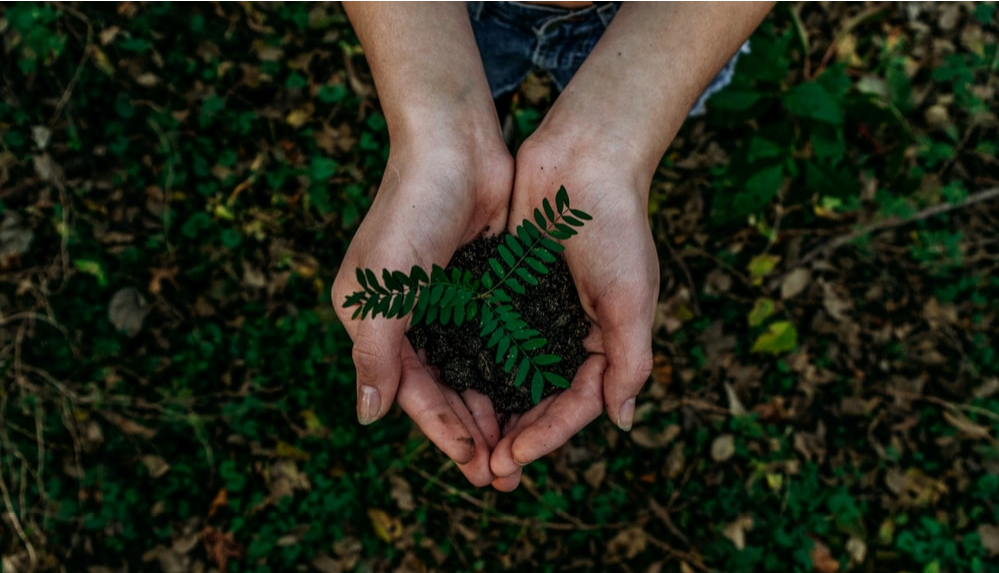
Is white cardboard environmentally friendly?
Cardboard like Kraft packaging is generally 100% biodegradable. There are however instances of cardboard not being completely environmentally friendly. The first instance is when a plastic or wax seal is layered on top which makes it harder to recycle. Another is like Kraft paper it becomes more environmentally friendly when the material is redistributed to the market via recycling.
What is coated paper?
Coated paper is paper which has a layer on top to stop liquids soaking in such as ink. This design choice can completely change the overall feel of the product.
Coated paper vs uncoated paper
Coated paper is what gives you that shiny, matte, glossy or semi-glossy feel to your design while uncoated paper is paper which allows liquids to soak in easier. You can think of it like the inside of a book is uncoated paper. while your milk carton is coated paper.

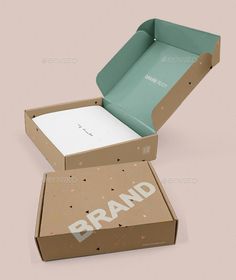
Is coated paper packaging recyclable?
Almost all paper nowadays is recyclable however coater paper packaging is generally more expensive to recycle especially if it is covered in plastic, aluminium, wax, gummed or anything similar. Thankfully in Australia that magazine style coated paper package is able to be recycled though if you’re looking for a more environmentally concious option either cardboard or Kraft paper is the better option where possible.
About Offset paper
Offset paper is simply uncoated paper. It is the method of getting paint/ink onto uncoated paper packaging. It is the thinnest and simplest packaging of all 4 paper packages described in this article. Its major advantages are the cost and a generally higher consistency of image quality. It is more used for products such as envelopes, catalogs, newspapers, and so on. It can however be used in some cases for food packaging. Offset paper is also able to be recycled and can fully decompose.

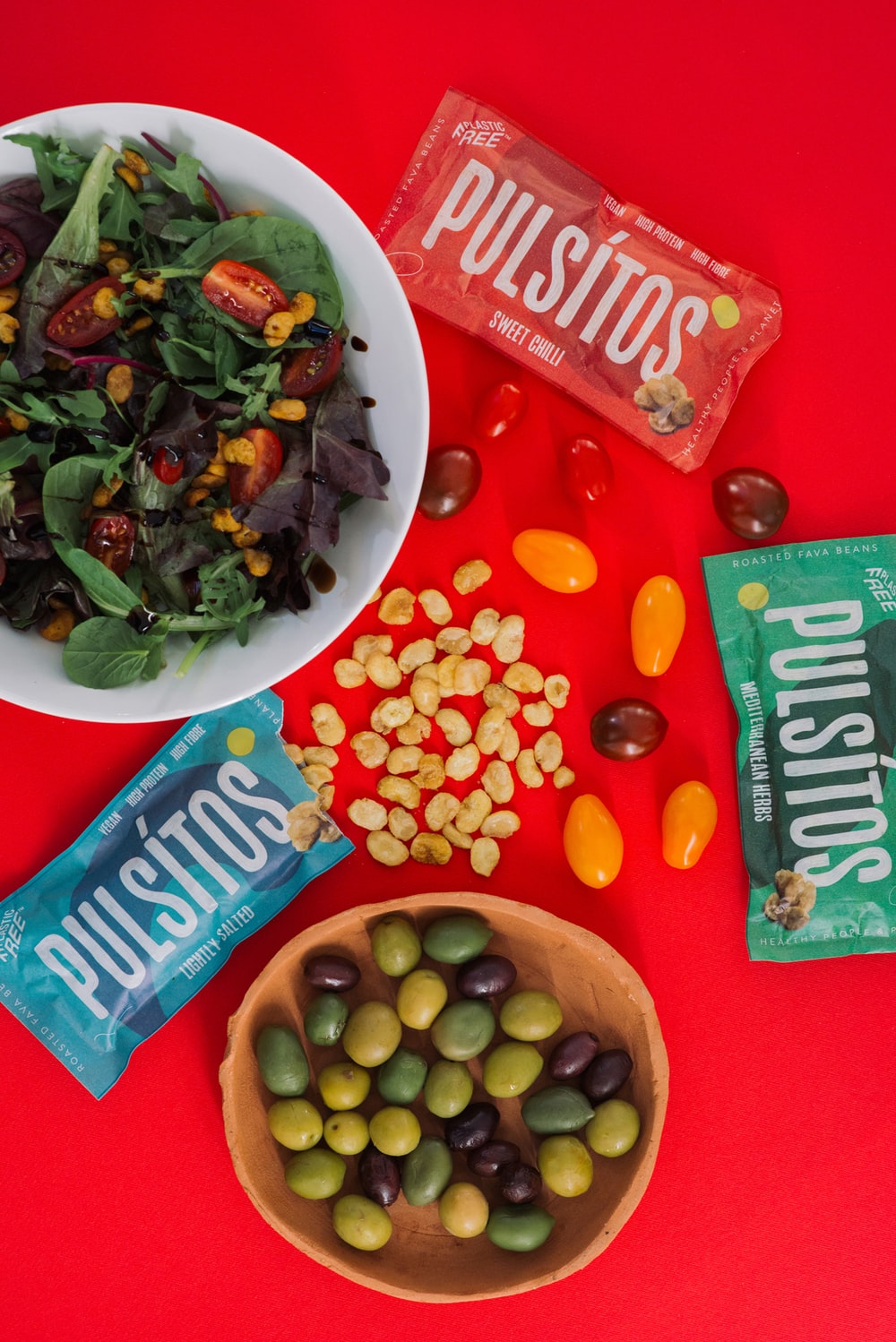
What type of paper packaging is allowed for food in Australia
Up above we have covered basic paper packaging, however, a large proportion of the packaging market goes to food. This industry has a lot of health and safety laws. In terms of what is allowed for food packaging in Australia we need to look at FSANZ (Food Standards Australia New Zealand) for guidance. Specifically 4 chapters:
- Introduction and standards that apply to all foods
- Food Standards
- Food safety standards
- Primary production standards.
Best PaperPackaging for Food
Paper bag
Paper bags are one of the various paper packaging options for food. Made from recyclable and biodegradable material, they’re an incredibly versatile and sustainable solution for food delivery.
Hitting the sweet spot between cardboard and polyethylene, paper bags maintain their integrity when subjected to hot or moist items – protecting your customer’s hands from heat, grease, or condensation.
Additionally, paper bags are foldable and stackable for ease of storage when not in use. For those looking for a safe and eco-friendly way to store & transport foodstuffs, paper bags are a great solution.
Multiwall paper sacks
Multiwall paper sacks are one of the various paper packaging solutions for food products.
Taking their name from the various layers of paper and other materials which form the sack, these bags provide an efficient and safe solution for packaging various types of foodstuffs.
Sealed with various techniques such as heat-sealing or adhesives, these sacks can maintain the integrity of the items stored inside while allowing them to easily move through automated processes during distribution and customer delivery.
Multiwall paper sacks offer excellent protection against dust, moisture, odors, and punctures; making them ideal for a variety of foods such as flour, coffee, oils, and dry pet food.
Paperboard packaging for food
Rigid boxes, one of various paper packaging for food, are highly versatile in their application and reliable packaging solutions.
This form of paper packaging offers great protection to various food products while also allowing the customer to view the product contained within.
Paperboard packaging provides an optimal balance between functionality and presentation.
They have become increasingly popular in recent years due to their versatility in various designs such as various sizes and multicolor graphic prints that make them appealing to customers.
Furthermore, the availability of various protective layers such as foil lamination and bi-sulfite ensures that the packaged food stays fresh for a longer period of time.
As a result, rigid boxes have been used for various packaged food products from snacks and deli items to quickly frozen goods.
Paperboard packaging for liquid
Paperboard packaging for liquids is one of the various paper packaging solutions available on the market.
This type of packaging offers various advantages compared to traditional plastics, providing an effective and sustainable way of delivering liquid products safely to their destination.
Applications include dairy product trays, juice boxes, flavored drink cartons, and various other common consumer product packages used to store and transport liquid goods.
Paperboard also provides an excellent strength-to-weight ratio, which enables manufacturers to reduce their carbon footprint while still retaining long-term product durability.
1. The food packaging must be safe
2. The packaging must be capable of being swallowed or obstructing any alimentary or respiratory passage
3. It must not cause bodily harm, distress, or discomfort if taken into the mouth
a) This standard also included moisture absorbers, mold inhibitors, oxygen absorbers, promotional materials, and writing/graphics in/on the package
4.This standard is applied to all food that is imported intended to be sold
5. Packaging used in contact with food does not cause the food to exceed permitted levels of metals, non-metals, or natural toxicants
6. Chemicals used to make food packaging should not present known hazards to the consumer
7. Packaging must comply with the maximum limits in food for carious food packaging chemicals
8. Packaging will not impact the safety and suitability of the contacted food
9. Recycled and reused materials may be used for food packaging applications provided they are suitable and won’t contaminate food
10. Packaging must be used which is fit for its intended use and only use materials not likely to contaminate food
Australia and sustainable packaging
Australia is facing a major plastic pollution challenge. During 2018 and 2019, Australia generated a staggering 2.5 million tons of plastic waste.
Sadly, only 13% of this waste was recycled. Making matters worse, 27% of local governments do not provide proper recycling services, meaning their constituents cannot properly dispose of their plastic waste, and many contribute to Australia’s skyrocketing plastic pollution problem.
On Nov. 1, 2022, Australia’s most populous state is banning a range of single-use plastic, including straws, cutlery, and bowls.
Polystyrene foam food containers are also banned under the new rules in New South Wales, along with some face, body, and hair products that contain plastic microbeads.
Businesses that breach the regulations could face fines of tens of thousands of dollars.
Minister for Environment and Heritage James Griffin said in September that the ban was just the start of a “massive shift away from single-use plastic.”
He has predicted the ban would stop 2.7 billion plastic items from ending up as litter over the next 20 years.
The laws in New South Wales are part of a nationwide push to curb waste. State authorities in Queensland and Victoria will bring in similar bans next year.
So we have covered the most common types of paper packaging, and current laws inside Australia but what makes packaging sustainable?
For a complete document detailing everything your business needs to know about sustainable packaging we recommend reading this PDF:
Down below we have listed and briefly summarised the 10 points your business needs to be aware of when purchasing packaging.
What do businesses need to be aware of when designing and purchasing sustainable packaging?
There are a total of 10 major points your business needs to be aware of in order to create sustainable packaging. We have listed them down below.
1. Design for recovery
Australia has a goal of 100% of packaging to be reusable, compostable, or recyclable by 2025. What this means for you is whenever buying packaging you need to be aware of these principles and have the best possible plan for what will happen to your packaging after it served its initial purpose. Aka it needs to be A. reusable B. compostable, C. recyclable D. all/a mixture of A, B, and C.
2. Optimise material efficiency;
This one is pretty straightforward. If the package can be made smaller, thinner, lighter, less wasted packaging without compromising the effectiveness/safety of the package then where possible do so.
3. Design to reduce product waste;
This aspect is more to do with the overall creation of your packaging and can be defined in two ways.
A. How much waste is created, creating your product. Are you able to reduce the amount of waste from aspects such as poor quality, storage waste, purchasing of additional material, and so on?
B. How much of your product is wasted due to the end consumer. E.g is the food servings optimized per packet to reduce waste.
4. Eliminate hazardous materials
Simply put ensure the packaging you use avoids toxic/harmful substances to humans or other living organisms. Where they are unavoidable look at potential ways to reduce their impact/overall usage in the packaging. Your packaging needs to meet Australian and/or international standards such as the EU packaging and packaging waste directive. If the product needs to have some hazardous materials you will need to make sure it is labeled correctly to help with alternative collection/recycling programs.
Where possible use recycled materials. Consider adding a higher percentage of recycled content where possible without increasing the risk/function of the package to unacceptable levels. Overall add more recycled materials into the packaging supply chain where it is possible to do so.
6. Use renewable materials;
A renewable material is “Material that is composed of biomass from a living source and that can be continually replenished. Renewable materials include paper and cardboard from sustainably grown wood fiber, or a biopolymer from a sustainable source.” aka where possible use more renewable materials in your packaging.
7. Design to minimise litter
This requires you to know how and where your packaging will be used. Is it possible to reduce the overall amount of potential pieces of litter (think a plastic bottle has the container, lid, and wrapper)? It also requires adding advice on the correct disposal procedures.
8. Design for transport efficiency
This requires you to take into mind optimal transportation. This requires you to think about pallet, weight, how easy is the package design to recycle, the overall shape of the package design, transportation methods including loading and offloading.
9. Design for accessibility
Again a nice simple part of sustainable packaging. Your design needs to be easy for the consumer to open, legible labeling, and not compromise safety or quality. It needs to be designed with its demographics and target audience in mind.
10. Provide consumer information on sustainability.
Your packaging needs to have clear labeling/advice on how to dispose of it in the greenest way possible. In addition, if possible it needs to consider the following points:
A. Environmental claims
B. Litter prevention
C. The Australian recycling label if appropriate
D. Composting logo if appropriate
For more information on these points and how to follow them for your business check out the following PDF.
